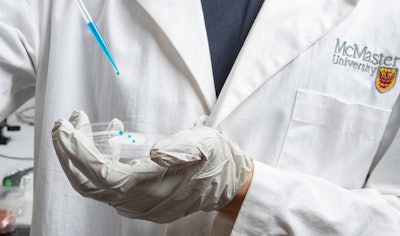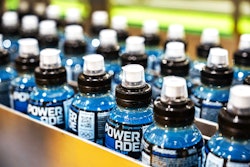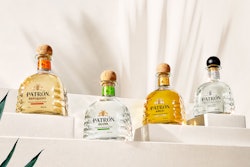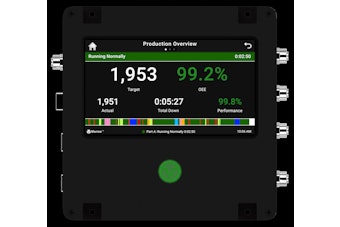A new plastic material—a treated form of conventional plastic wrap—has been designed to repel all forms of bacteria, “preventing the transfer of antibiotic-resistant superbugs and other dangerous bacteria in settings ranging from hospitals to kitchens” according to McMaster University’s Brighter World.
You can even sneeze on it and virtually no bacteria will transfer to the new surface.
Researchers at McMaster University in Canada, led by engineers Leyla Soleymani and Tohid Didar, formed a cross-functional team including experts from the school’s Infectious Disease Research group and the McMaster-based Canadian Centre for Electron Microscopy. The research was published in December in the journal ACS Nano.
Applications in healthcare and food
The researchers say the wrap could be used as a packaging material itself or as a shrink-wrap for covering tables, door handles, IV stands and more that typically harbor bacteria.
With healthcare-associated infections (HAIs) still taking thousands of lives in hospitals each year, a wrap could prove helpful in the fight against difficult-to-treat strains like C. difficile and MRSA. The CDC reports that on any given day, approximately 1 in 31 hospital patients has at least one healthcare-associated infection.
With salmonella and E. coli outbreaks resulting in illness, food waste and recalls, the material offers promise in food packaging. The news release notes that material “could stop the accidental transfer of bacteria such as E. coli, Salmonella and listeria from raw chicken, meat and other foods.”
How it works
“The surface is textured with microscopic wrinkles that exclude all external molecules,” explains a McMaster release. “A drop of water or blood, for example, simply bounces away when it lands on the surface. The same is true for bacteria.”
Inspired by the water-repellant lotus flower, the material is reportedly flexible, durable and inexpensive to produce, with a chemical treatment to further its repellant properties.
Its effectiveness has already been tested with MRSA and Pseudomonas, two antibiotic-resistant bacteria and the researchers are looking for a commercial partner to develop applications.
“We can see this technology being used in all kinds of institutional and domestic settings,” Didar says. “As the world confronts the crisis of anti-microbial resistance, we hope it will become an important part of the anti-bacterial toolbox.”


























